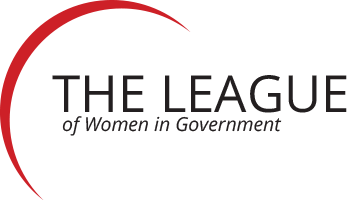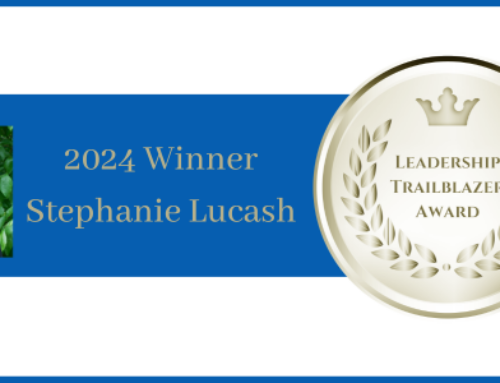By Rachel Keyser, Content Writer, ViewPoint Cloud
In 2013, Julia Gould took a summer internship with LAANE, a Los Angeles-based organization that advocates for workers’ rights. There she met Jeannine Pearce, a community organizer and former LAANE intern herself. Jeannine saw great potential in Julia, describing her as someone “who exemplified her passion and willingness to go above and beyond.”
Jeannine mentored Julia during her three months with LAANE, teaching her core fundamentals about community organizing and local government. But it was clear they were both learning from each other, and their relationship deepened through their work together. “It was really inspiring to get to work with her, because she always pushed as far as she could, she pushed us to have high standards,” says Jeannine.

They parted ways for a few years, but stayed in touch and remained friends. Flash forward to 2017, and Jeannine is now a Long Beach City Councilmember with Julia as her Legislative Deputy.
Julia and Jeannine’s relationship embodies the fluid, multi-dimensional mentoring models that have become popular with the rise of the Millennial workforce. It also shows the power of public sector mentorship to instill passion, pass on institutional knowledge, and bring new voices to the table.
Mentoring Models: New and Old
Research has long confirmed the tangible benefits of mentoring. Mentorship helps individuals develop feelings of self-determination and competence, which translate into higher career satisfaction. Organizations also see benefits like reduced turnover, improved networks, increased diversity, and identification of future leaders.
The way we think about professional mentorship has rapidly expanded in the past several years. For decades, academia saw mentoring as experienced managers helping younger employees advance through career stages.
Now, seniority and formality are making way for new kinds of mentoring models. “Reverse mentoring”, for example, is when younger people mentor their elders, often around technology or social media. Social networks like LinkedIn and Twitter have helped give rise to “micro mentoring,” the idea that you can receive mentorship from many different people without long-standing relationships.
These, among many other new models, are translating a traditional form of teaching and connecting to new generations and modern workplaces.
For Jeannine and Julia, a non-hierarchical, friendship-based approach was a natural way to build their relationship.
“Successful mentoring relationships are built on trust,” says Jeannine. “It’s not me being a director to you. It’s asking each other’s opinions, learning together, and having a little bit of friend time.”
They also both share an openness toward connecting with new people. “I think people get caught up in the idea that I need to have one mentor, ‘my guardian angel’, but people can be mentors in so many small ways,” says Julia, “Don’t be afraid to just ask someone new for coffee and listen to their life story.”
Viewing mentorship in such a fluid way has allowed them to meet new mentors and maintain existing relationships without it becoming a stressful undertaking.
“Don’t think of mentorship as another thing you have to do. You do have time for mentorship, and mentors often benefit just as much as mentees,” says Jeannine. “Mentorship is both fulfilling and an important part of self-care. You step out of the stress and demands of normal life and take time to build relationships.”
Continue reading Rachel’s article.
This post has been syndicated with permission from the ViewPoint Cloud blog.
____________________
Rachel Keyser is a writer and marketer for ViewPoint Cloud, who is passionate about partnerships supporting public sector progress. She focuses on emerging trends in government technology and innovation, and local government resources. This post has been syndicated from ViewPoint’s blog.



